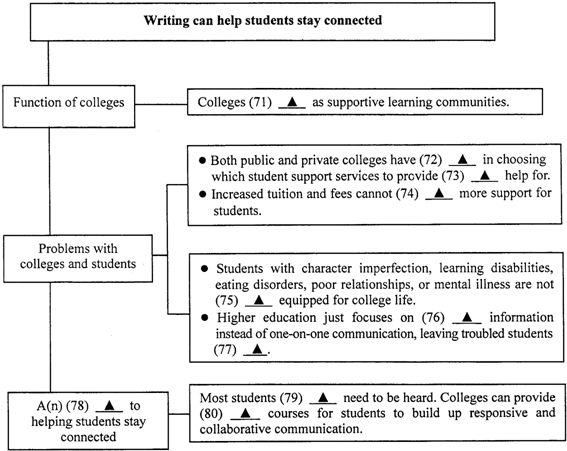Mastering the Art of Calculating Student Loan Interest Deduction: A Comprehensive Guide for Savvy Borrowers
#### Introduction to Student Loan Interest DeductionThe student loan interest deduction is a valuable tax benefit that allows borrowers to reduce their taxa……
#### Introduction to Student Loan Interest Deduction
The student loan interest deduction is a valuable tax benefit that allows borrowers to reduce their taxable income by deducting the interest paid on qualified student loans. Understanding how to calculate this deduction can lead to significant savings during tax season. In this guide, we will explore the ins and outs of calculating student loan interest deduction, ensuring you maximize your benefits.
#### Eligibility for Student Loan Interest Deduction
Before diving into the calculations, it’s essential to understand who qualifies for the student loan interest deduction. Generally, you can deduct interest on loans taken out solely to pay for qualified higher education expenses for yourself, your spouse, or your dependents. To be eligible, your modified adjusted gross income (MAGI) must fall below certain thresholds, which can vary year by year. For instance, if your MAGI exceeds $85,000 (or $170,000 for married couples filing jointly), the deduction may be phased out.
#### Understanding Qualified Student Loans
Next, let’s clarify what constitutes a qualified student loan. A qualified loan is one that was taken out to pay for education expenses, such as tuition, fees, room and board, and other necessary costs associated with attending college or university. It’s important to keep documentation of your loans and payments, as you will need this information when calculating your deduction.

#### Calculating Student Loan Interest Deduction
To calculate your student loan interest deduction, you will need to follow these steps:
1. **Gather Your Information**: Collect all your student loan statements from the tax year in question. Look for the total interest paid on each loan.
2. **Total Your Interest Payments**: Add up the interest paid on all qualified student loans. This total will be the amount you can potentially deduct.

3. **Check the Limits**: For the tax year 2023, the maximum deduction is $2,500. If your total interest paid exceeds this amount, you can only deduct up to the limit.
4. **Determine Your MAGI**: Calculate your modified adjusted gross income to see if you fall within the eligibility limits. If your income is too high, the deduction may be reduced or eliminated.
5. **Complete Your Tax Forms**: Finally, report your deduction on your tax return. You will typically use Form 1040 and may need to complete the Student Loan Interest Deduction Worksheet.
#### Common Mistakes to Avoid

When calculating your student loan interest deduction, there are several common pitfalls to avoid. One mistake is failing to keep accurate records of your interest payments. Always ensure you have documentation to support your claims. Additionally, be cautious about the income limits—many taxpayers miss out on the deduction simply because they do not correctly calculate their MAGI.
#### Conclusion
Calculating student loan interest deduction can seem daunting, but with the right knowledge and tools, you can navigate the process with ease. By understanding eligibility requirements, gathering the necessary information, and following the calculation steps, you can take full advantage of this tax benefit. Remember, every dollar counts when it comes to managing student loan debt, and maximizing your deductions can lead to substantial savings. Don’t hesitate to consult a tax professional if you have any questions or need assistance with your calculations.